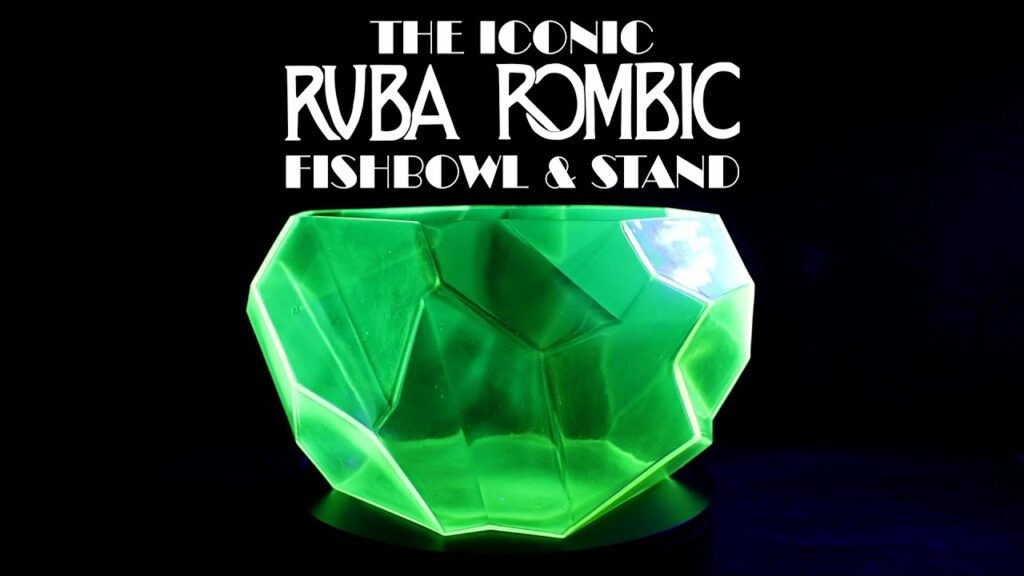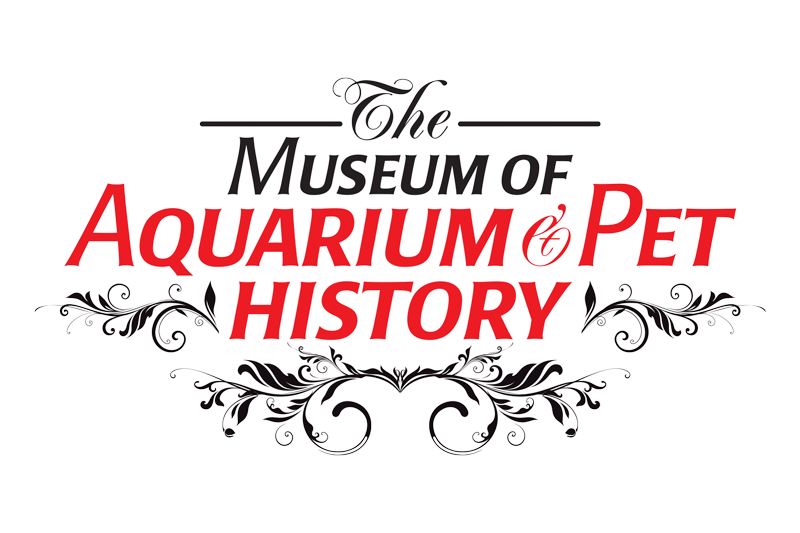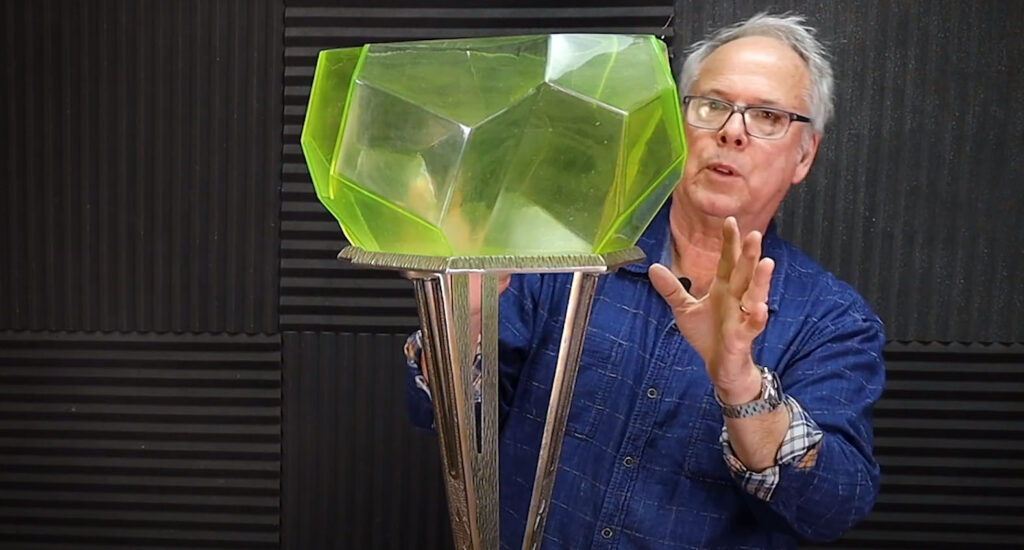
via The Museum of Aquarium and Pet History
During a holiday family excursion to the historic Glensheen Mansion, located in Duluth, Minnesota on the northern shore of Lake Superior, I discovered something rather peculiar tucked away in one of the many rooms. There, enclosed in a case and illuminated in a strange, purplish light, sat a collection of glassware, strangely glowing. It was my first encounter with something known as vaseline or uranium glass. Yes, it’s radioactive, albeit at low levels. Yes, it fluoresces when exposed to the right wavelengths of light, just like so many modern coral reef aquariums (thankfully, the corals are not radioactive).

Just a couple of months after my illuminating visit to Glensheen, I was delighted to discover that The Museum of Aquarium and Pet History has unveiled a remarkable video documenting the iconic Ruba Rhombic Fish Bowl, created in vaseline glass. Admittedly, this “cubism in [green, glowing] glass” isn’t remotely pragmatic for the viewing of inhabitants through the glass, but that wasn’t really the point, as Gary Bagnall explains. These Depression Era, Art Deco aquatic masterpieces are few and far between now and reveal a rich and interesting history of culture and art merging with early aquarium keeping in the United States, at a time when “goldfish were all the rage.”

So, why is it called “vaseline” glass? Is the bowl safe? What amazing secondary surprise is hidden well into this expansive and informative video?! Watch the 20-minute video to learn the answers, and stay after for bonus videos from Jack D. Wilson, further elaborating on Ruba Rhombic glassware from the era.
Don’t forget to subscribe to The Museum of Aquarium and Pet History (scroll down to the “Subscribe To Our Newsletter” section) to get amazing aquarium history content delivered to your inbox; you can view the March 2023 Newsletter online to see an example of the fascinating content you’ll receive!
Watch: The Iconic Ruba Rombic Fishbowl & Stand






Makes me want to be a cubist goldfish